It is known that the parents of the current Primorsky (Russian) species of bees were brought from Western Europe in 1850 by Ukrainian immigrants. In 1905, with the opening of the Trans-Siberian railway other species of bees were imported from Europe in Primorsky district. Also the fact is known that mites have been found in Russian bees in 1952. In 1995, there were the experiments in Khorol region of Primorsky Krai (200 km northwest of Vladivostok) by American scientists with the Russian scientist Dr. Viktor Kuznetsov and beekeepers cooperators (Anatoly Reshetnikov and others), and they proved the immunity of certain species of bees to Varroa destructor and Acarapis woodi mites. They made it because of the spread of mites and the declining of the surprising number of bee colonies in the United States, despite the use of different types of medication. For example, the number of colonies of commercial honey bees beekeepers decreased from 3.2 million in 1990 to 2.6 million in 2004. The U.S. annual production output, which depends on the pollination of the bees is 14 billion dollars. For example, to pollinate almonds grown on an area of 200 hectares in the state of California, they use about 500 thousand local bee colonies and also bring from another states the same amount on a commercial basis. Given the fact that the United States is the second producer of honey after China, the U.S. government gave money for research to help beekeepers to combat mites. More profit of commercial beekeepers – more taxes to the state. 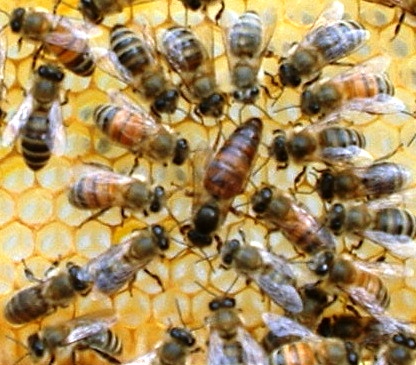 An example of the uterus of a russian bee.U.S. scientists have suggested that since mites were in Primorsky region much earlier than in the U.S., so bees from Russia have developed an immunity to ticks. After successful tests in the Primorsky territory it was decided to verify the genetic stability of these bees to mites and in America. In 1997 100 queen bees from 16 different beekeepers from Primorsk were selected and purchased and placed on a bee quarantine station on the island Grand Terry in Louisiana. In the future, the U.S. government encouraged the spread of the Russian bees in commercial beekeeping companies. The result – Russian bees and in America were resistant to the main types of mites. In addition, they were more frost-resistant than the previously used species of bees. For example, in the cold winter of 2000, in the state of Mississippi more than 1,200 families of 1500 beehives of local breeds died, while only two of 2,000 families of Russian bees! And Russian bees give an average of 70 kg of honey per family, while local breed bees give an average of 40 kg. 70 kilogram per family – is not a record. In 2000, scientists began testing all 6 types of Russian bees (as they are called here) in the Province of Ontario, Canada. So the same as in the U.S., bee colonies were placed on the island that would provide thoroughbred 50 colonies. In 2001, they began testing the 10 “pure” Russian colonies, 10 colonies of hybrids obtained by mating Russian queens with drones from Ontario and 10 colonies of hybrids obtained by mating females from Ontario with Russian drones. “ARS Russian honey bees “- the official name of Russian bees in America. The name of the breed comes from the Research Center ARS – under the guidance and with the participation of which was carried out the long-term breeding. The ultimate goal of the work with the bees from Primorye – to investigate their resistant to parasites at the genetic level, with the subsequent creation of a new breed of bees, which can be “adjusted” under mutating parasites, and thus reduce the use of medications in beekeeping. On a practical level, the breeding of ARS Russian bees have settled in all states, including Alaska. The main selection and testing occured in southern U.S. states, as these areas are the main suppliers of honey. So, when you hear the information that in Germany or Denmark, or even in the northern states of the U.S. Americanized Russian bees have shown poor results, you have to understand at least the 4 elements: 1. Breeding was made for a particular habitat of bees, An example of the uterus of a russian bee.U.S. scientists have suggested that since mites were in Primorsky region much earlier than in the U.S., so bees from Russia have developed an immunity to ticks. After successful tests in the Primorsky territory it was decided to verify the genetic stability of these bees to mites and in America. In 1997 100 queen bees from 16 different beekeepers from Primorsk were selected and purchased and placed on a bee quarantine station on the island Grand Terry in Louisiana. In the future, the U.S. government encouraged the spread of the Russian bees in commercial beekeeping companies. The result – Russian bees and in America were resistant to the main types of mites. In addition, they were more frost-resistant than the previously used species of bees. For example, in the cold winter of 2000, in the state of Mississippi more than 1,200 families of 1500 beehives of local breeds died, while only two of 2,000 families of Russian bees! And Russian bees give an average of 70 kg of honey per family, while local breed bees give an average of 40 kg. 70 kilogram per family – is not a record. In 2000, scientists began testing all 6 types of Russian bees (as they are called here) in the Province of Ontario, Canada. So the same as in the U.S., bee colonies were placed on the island that would provide thoroughbred 50 colonies. In 2001, they began testing the 10 “pure” Russian colonies, 10 colonies of hybrids obtained by mating Russian queens with drones from Ontario and 10 colonies of hybrids obtained by mating females from Ontario with Russian drones. “ARS Russian honey bees “- the official name of Russian bees in America. The name of the breed comes from the Research Center ARS – under the guidance and with the participation of which was carried out the long-term breeding. The ultimate goal of the work with the bees from Primorye – to investigate their resistant to parasites at the genetic level, with the subsequent creation of a new breed of bees, which can be “adjusted” under mutating parasites, and thus reduce the use of medications in beekeeping. On a practical level, the breeding of ARS Russian bees have settled in all states, including Alaska. The main selection and testing occured in southern U.S. states, as these areas are the main suppliers of honey. So, when you hear the information that in Germany or Denmark, or even in the northern states of the U.S. Americanized Russian bees have shown poor results, you have to understand at least the 4 elements: 1. Breeding was made for a particular habitat of bees,
2. The result of selection – not one breed of Russian bees, but the three groups, and each of the group has six lines. So now in the U.S., there are 18 lines of official Russian bees. It is assumed that by the end of 2007, will be the final selection of several lines of Russian bees on principle of “Best of the Best” 3. Mites in different habitats of bees are different 4. Publication in the foreign press materials, as a rule, are outdated and contain materials of the research of Americanized Russian bees at the time, when the best of the best have not yet been selected. |

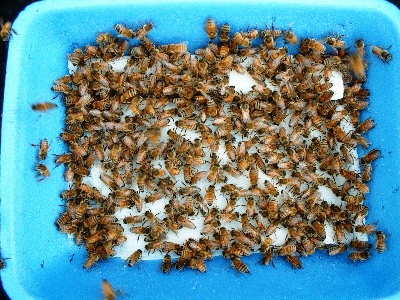

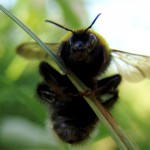
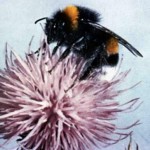

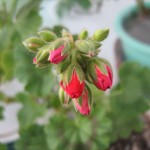

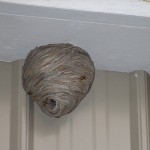
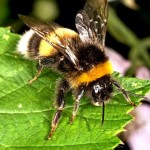
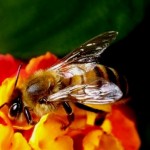


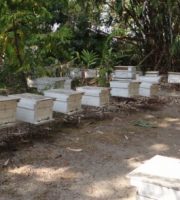

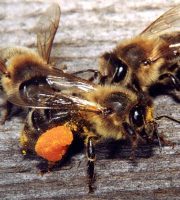
Russian bees